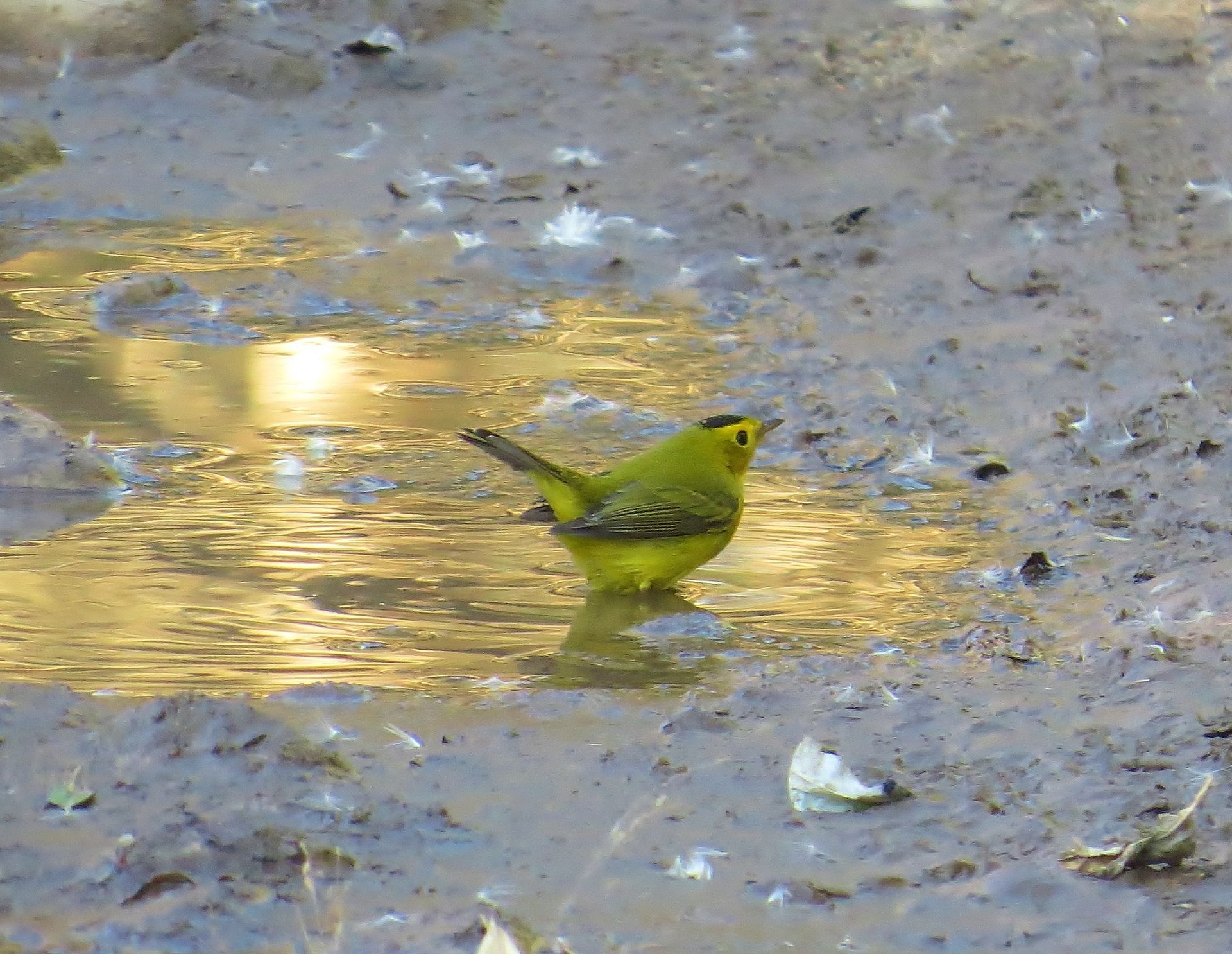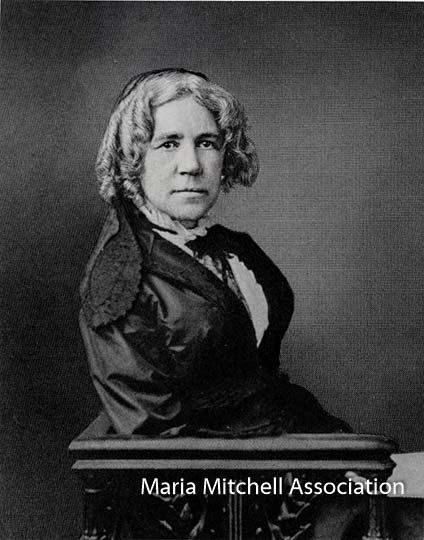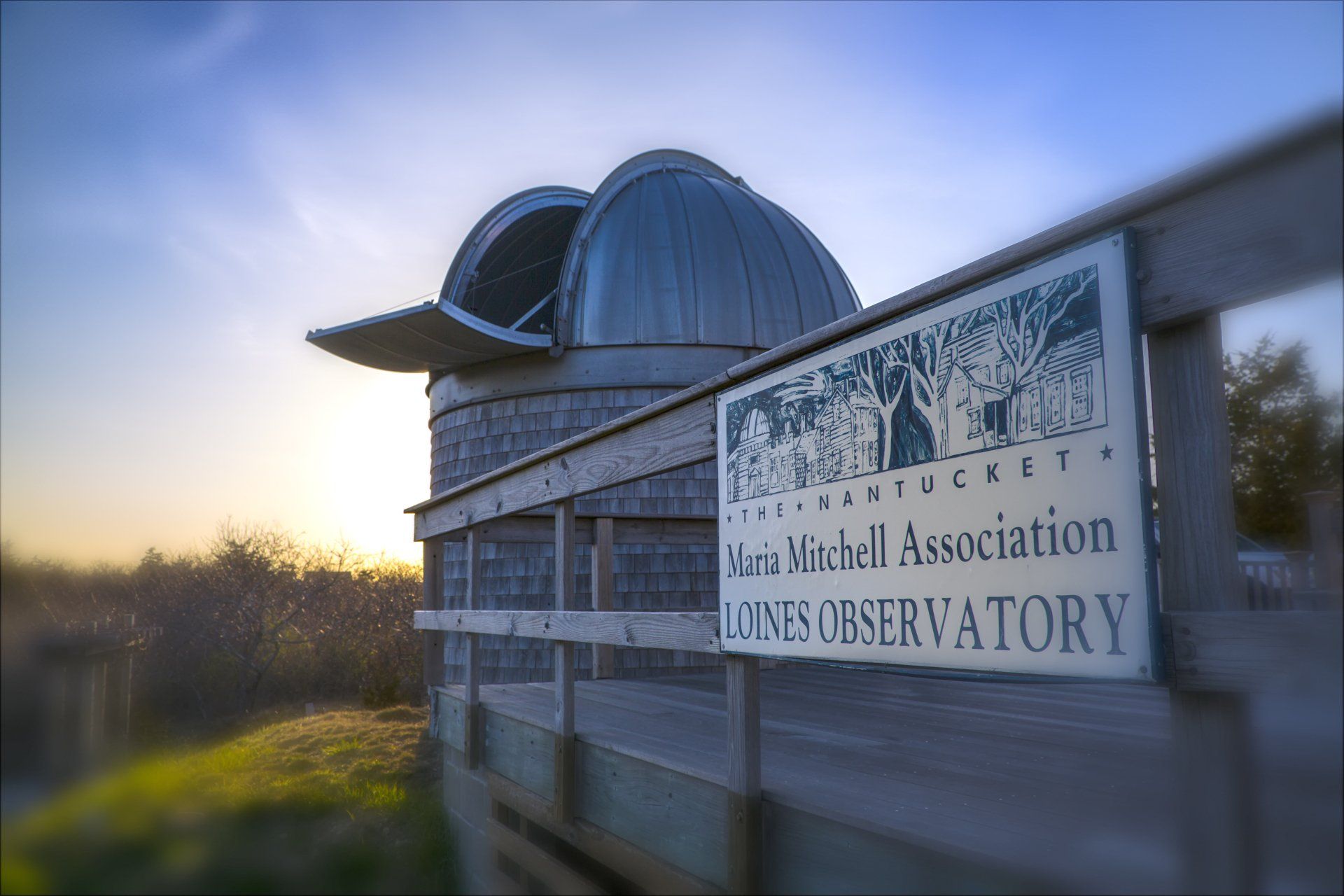Keep Calm and Bird On: May 2024
“If you don’t look, you don’t see. You have to go and look.”
-Edith Andrews

For most birders, the month of May is celebrated with warblers—migration season’s crown jewels for sheer color, variety, satisfaction, and bragging rights. Nantucket doesn’t make this easy. Compared to the mainland, our beloved island can be a warbler washout. The chilling effects of the ocean, even our mere thirty miles at sea, slows down the emergence of blooming plants and insect life. It often deters the warblers that specialize in dining on them. With a short window to the breeding season, birds are in a hurry to get settled; they have to be.
That said, we sometimes catch a rarity that is less common on mainland routes. Southern species such as a Prothonotary or Yellow-throated Warbler may make a pit stop on a trip of exploration. This is how birds adapt to changes on the ground; ranges expand north or east. But we can’t count on it. With luck, we might get a sudden mini-fallout if weather shifts and sends a few ashore at the west end or Sconset. These typically last an hour or less, so it pays to be prepared for a quick chase.
For easier looks at a greater number of species, it’s worth a trip to America. Try Cape Cod National Seashore’s Provincetown beech forest, or Cambridge’s Mt. Auburn Cemetery. Known as “The Birders’ Cemetery” for the famous ornithologists interred there, it is well worth a pilgrimage. And while long-gone birders are a pretty silent crowd, contemporary observers are frequently there, watching, listing, and willing to help.
And to catch up on partial eclipse birding observations, one observer reported no change, while another noticed a sudden silence, followed by some roost-ward movement, which ceased when light increased again. If you took notes during the eclipse, please send them along.
Image Credit: Wilson's Warbler shows you never know what will turn up on Nantucket. Photo by Trish Pastuszak
Recent Posts




